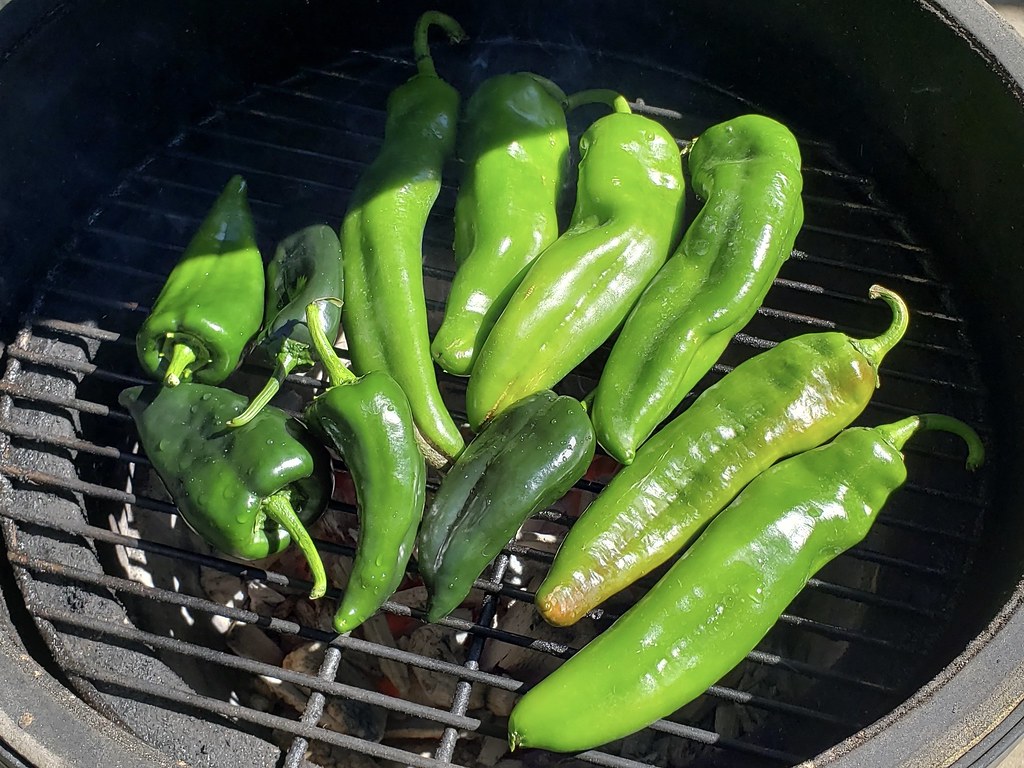Fiona 1.8.9 and GDAL 3
GDAL 3.0.0 was released in May. It has been adopted more quickly than I anticipated and lack of support for it in the Rasterio and Fiona packages was becoming a point of pain for users. Rasterio 1.0.25 added support for GDAL 3.0 in August and now Fiona 1.8.9 has similar basic support. We can build the extension modules in these packages with GDAL 3.0 and they will run almost exactly as they did with GDAL 2.4. No new spatial referencing features of GDAL 3.0 and PROJ 6 are exposed by Fiona 1.8.9.
What changes were required to the code? Everywhere an extension module calls one of the OSRImport* functions we now need to call a new OSRSetAxisMappingStrategy function to preserve the "traditional" open source GIS order of coordinates: longitude first, latitude second in common cases. This change was made in core modules and in the three existing shim modules. We had to add a new shim module to go with GDAL 3.0 to make a facade for a function that was removed from GDAL in 3.0. We try to avoid branching on the version of GDAL in Fiona and instead use the shims at build time. This binds installations of the packages to a specific version of GDAL.
Why did it take so long to make the changes? The changes required us to add builds of GDAL 3 and PROJ 6 to our CI server, which takes some iterations and time. Also the cultural knowledge of the project required to change the shim modules is scarce. There are only a few of us who understanding what's going on in there. This is certainly a problem to be overcome in the future.
The shims make the source distribution of the package fragile. There was a bug in 1.8.9 that prevented the fiona/_shim3.c file from being copied to fiona/_shim.c during installation. In 1.8.9.post1 we created a new bug that messed up copy of the fiona/_shim2.c file. These are all fixed and now users can build and install a version of Fiona on Linux or OS X that compiles with and links and existing GDAL 3.0 installation by running GDAL_CONFIG=/gdal3prefix/bin/gdal-config pip install --no-binary fiona -U fiona.
Thanks for your help and patience, everyone.









